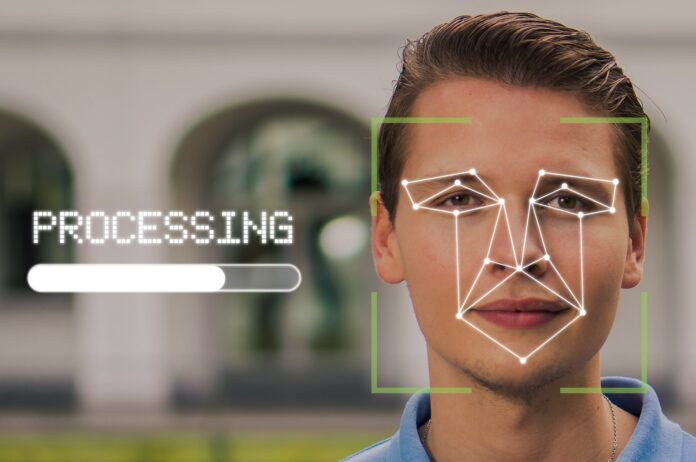Understandably, a long wait at concierge is not something guests would want to be caught in after a tiring flight. With facial recognition technology, guests can simply upload a picture of their passport and selfie to the hotel’s mobile app ahead of time and proceed to scan their face for a secure and seamless self-check-in upon arrival at the hotel. This frees up employees’ time (that would otherwise be expended on administrative servicing) that can be invested in forging lasting guest relations, which is incredibly important in the hospitality industry.
Facial recognition can also reduce logistical pain points for the hotel and guests. For example, a simple face scan can grant guests floor or facility access, removing the need for scanning physical access card. Without the need to keep an inventory and tracker of access cards, operators can save up to US$1,000 per month in discarded RFID key cards
With the resurgence of phishing scams targeting bank account holders early this year, it is no wonder the Singapore government is implementing stiffer penalties and stringent compliance requirements, placing greater responsibility on providers to secure and verify the legitimacy of user identity and transaction.
While existing two-factor authentication keys help to improve the security and legitimacy of user identity, such proof of authentication can be easily compromised if the user misplaces their key (i.e. a mobile phone or other paired devices) or leaks their password. In fact, 80% of consumers perceived biometrics to be more secure than the traditional username and password combination.
The rising number of passengers travelling continues to outstrip growth in airport capacity.
Facial recognition systems can help airline operators spot lookalike and document fraud that untrained airline personnel would find challenging to verify. During authentication, the facial identification system will capture the person’s face and determine their identity by examining a biometric pattern, calculated from their biometric features and comparing them to a set of templates in the database.






